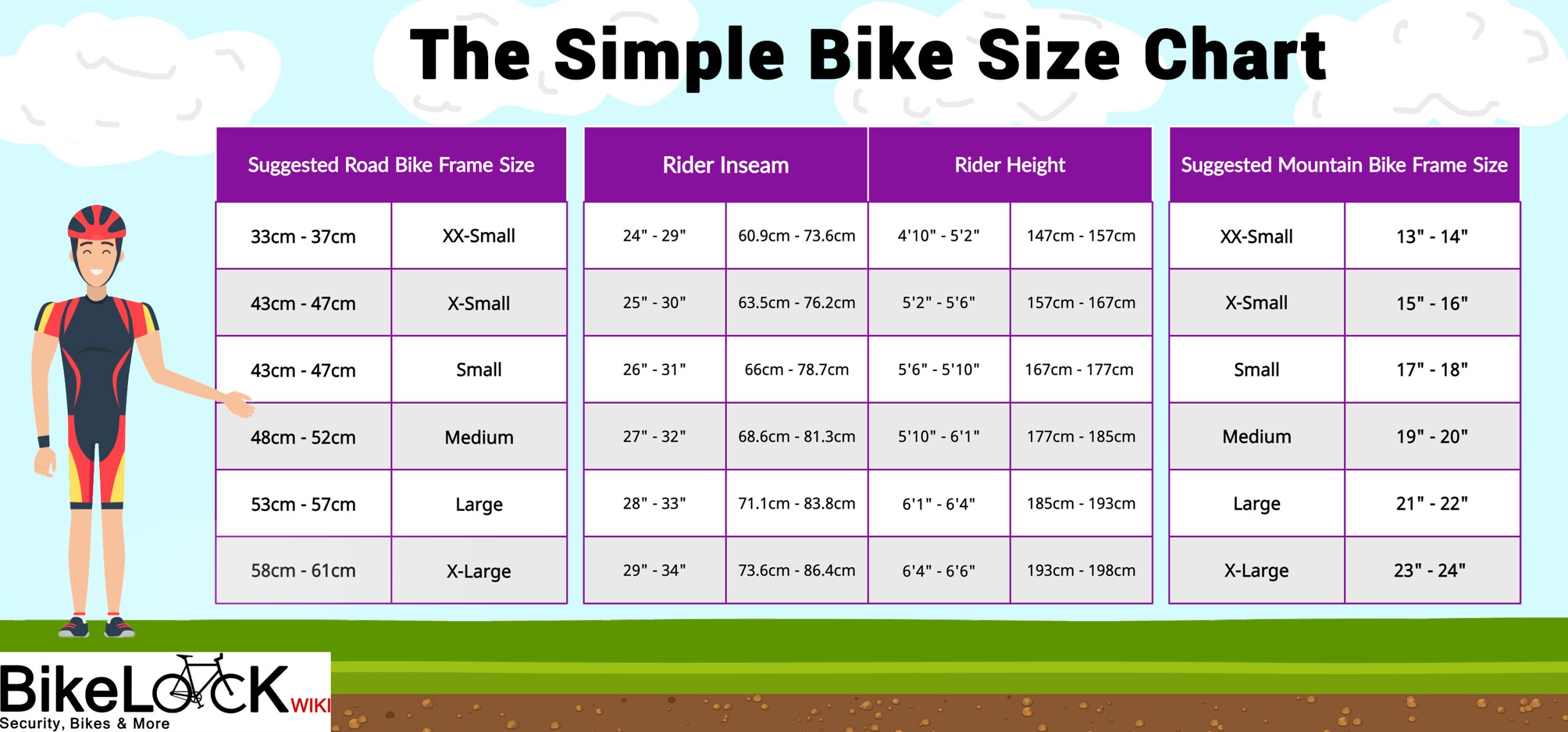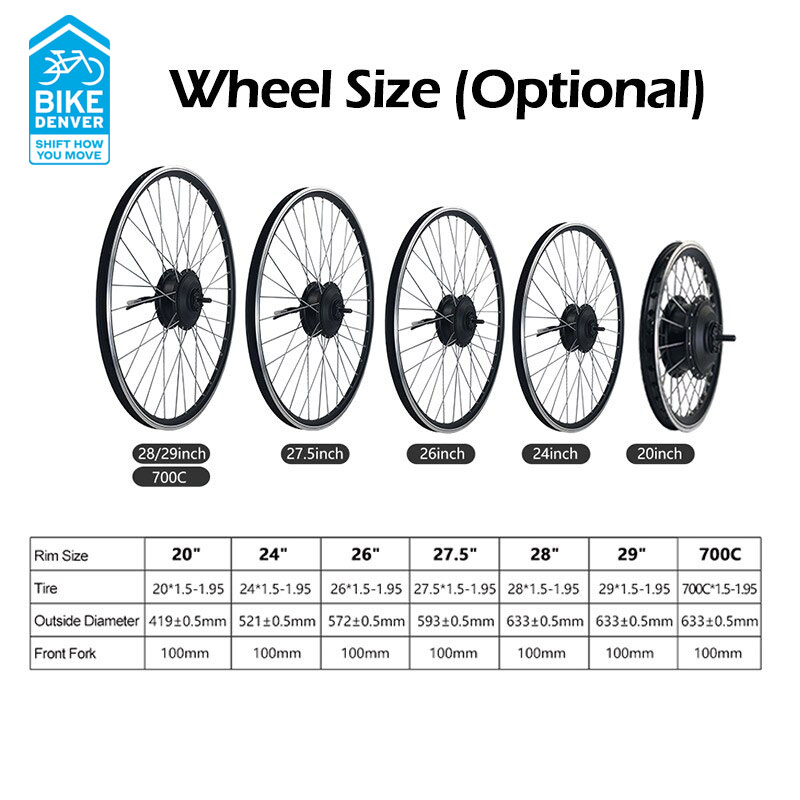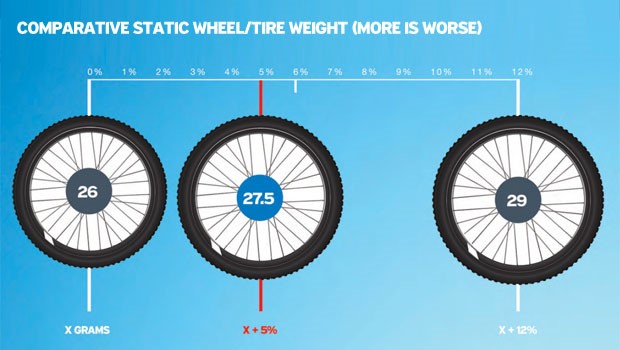Understanding the Importance of Proper Wheel Size
Choosing the right bike wheel size is a crucial decision that can significantly impact the overall riding experience. A bike wheel size chart can serve as a valuable resource in determining the ideal wheel size, but it’s essential to understand the importance of proper wheel size in the first place. When a bike’s wheels are too small or too large, it can lead to a range of issues, including decreased stability, poor handling, and reduced comfort.
Ride comfort is a critical aspect of cycling, and wheel size plays a significant role in this regard. A bike with wheels that are too small can cause the rider to feel unstable and uncomfortable, while wheels that are too large can lead to a rough ride and decreased maneuverability. Furthermore, improper wheel size can also affect the bike’s performance, making it more challenging to accelerate, climb, and maintain speed.
In addition to comfort and performance, proper wheel size is also essential for safety reasons. A bike with wheels that are too small or too large can increase the risk of accidents, particularly when cornering or braking. By choosing the right wheel size, cyclists can ensure a safer and more enjoyable ride.
In the following sections, we’ll delve deeper into the world of bike wheel sizes, exploring how to determine the ideal wheel size, the different types of wheel sizes, and their corresponding bike types. We’ll also examine the impact of wheel size on bike performance and rider comfort, providing valuable insights to help cyclists make informed decisions when selecting a bike.
How to Determine Your Ideal Wheel Size
Determining the ideal wheel size for your bike involves considering several factors, including rider height, inseam, and bike type. By following a step-by-step approach, you can calculate the perfect wheel size for your next ride.
Step 1: Measure Your Inseam
Start by measuring your inseam, which is the distance from the floor to the top of your inner thigh. This measurement will help you determine the ideal wheel size based on your leg length.
Step 2: Determine Your Rider Height Category
Next, categorize your rider height into one of the following categories: small (under 5’6″), medium (5’6″-5’11”), or large (over 5’11”). This will help you narrow down the ideal wheel size range.
Step 3: Consider Your Bike Type
The type of bike you’re riding also plays a significant role in determining the ideal wheel size. For example, road bikes typically require smaller wheels (around 700c), while mountain bikes require larger wheels (around 27.5″ or 29″). Hybrid bikes often fall somewhere in between.
Step 4: Consult a Bike Wheel Size Chart
Once you have your inseam measurement and rider height category, consult a bike wheel size chart to determine the ideal wheel size for your bike. A bike wheel size chart can provide a detailed breakdown of common wheel sizes, their corresponding rim diameters, and suitable bike types.
By following these steps, you can determine the ideal wheel size for your bike, ensuring a comfortable, efficient, and enjoyable ride. Remember, the right wheel size can make all the difference in your cycling experience, so take the time to get it right.
Bike Wheel Size Chart: A Breakdown of Common Sizes
A bike wheel size chart is an essential tool for cyclists looking to find the perfect fit for their ride. By understanding the different wheel sizes and their corresponding rim diameters, cyclists can make informed decisions when selecting a bike. Below is a detailed breakdown of common bike wheel sizes, their rim diameters, and suitable bike types:
Road Bikes
- 700c (622mm rim diameter): Ideal for road bikes, providing a smooth ride and efficient pedaling.
- 650c (571mm rim diameter): Suitable for smaller riders or those who prefer a more compact wheel size.
Mountain Bikes
- 29″ (622mm rim diameter): Ideal for cross-country and trail riding, providing a fast and efficient ride.
- 27.5″ (584mm rim diameter): Suitable for trail and enduro riding, offering a balance between speed and maneuverability.
- 26″ (559mm rim diameter): Ideal for smaller riders or those who prefer a more agile wheel size.
Hybrid Bikes
- 700c (622mm rim diameter): Suitable for hybrid bikes, providing a comfortable ride and efficient pedaling.
- 27″ (630mm rim diameter): Ideal for hybrid bikes with a more upright riding position.
Electric Bikes
- 700c (622mm rim diameter): Suitable for electric road bikes, providing a smooth ride and efficient pedaling.
- 27.5″ (584mm rim diameter): Ideal for electric mountain bikes, offering a balance between speed and maneuverability.
When consulting a bike wheel size chart, it’s essential to consider factors such as rider height, inseam, and bike type to ensure the perfect fit. By doing so, cyclists can enjoy a comfortable, efficient, and enjoyable ride.
Remember, a bike wheel size chart is not a one-size-fits-all solution. It’s crucial to consider individual factors and preferences when selecting a bike wheel size. By doing so, cyclists can find the perfect fit and enjoy a lifetime of cycling enjoyment.
Wheel Size and Bike Type: What You Need to Know
When it comes to choosing the right bike wheel size, understanding the relationship between wheel size and bike type is crucial. Different bike types require specific wheel sizes to optimize performance, comfort, and handling. Here’s a breakdown of how wheel size varies across different bike types:
Road Bikes
Road bikes typically feature smaller wheel sizes, ranging from 650c to 700c, with rim diameters between 571mm and 622mm. This smaller wheel size allows for quicker acceleration, improved handling, and a more responsive ride.
Mountain Bikes
Mountain bikes, on the other hand, require larger wheel sizes to navigate rough terrain and absorb shock. Common wheel sizes for mountain bikes include 26″, 27.5″, and 29″, with rim diameters ranging from 559mm to 622mm. Larger wheel sizes provide increased stability, improved traction, and enhanced control.
Hybrid Bikes
Hybrid bikes, designed for comfort and versatility, often feature wheel sizes between 700c and 27″, with rim diameters between 622mm and 630mm. This mid-range wheel size provides a comfortable ride, efficient pedaling, and stable handling.
Electric Bikes
Electric bikes, which combine human power with electric assistance, often feature wheel sizes similar to those found on road bikes and hybrid bikes. However, some electric mountain bikes may feature larger wheel sizes, such as 27.5″ or 29″, to optimize performance and control.
By understanding the specific wheel size requirements for each bike type, cyclists can make informed decisions when selecting a bike. Remember to consult a bike wheel size chart to ensure the perfect fit for your next ride.
The Impact of Wheel Size on Bike Performance
Wheel size plays a significant role in determining a bike’s performance, affecting factors such as acceleration, speed, and maneuverability. Understanding how wheel size impacts bike performance is crucial for cyclists seeking to optimize their ride.
Acceleration
Smaller wheel sizes, typically found on road bikes, provide quicker acceleration due to their lower rotational mass. This allows riders to rapidly gain speed, making them ideal for racing and high-intensity training. In contrast, larger wheel sizes, often found on mountain bikes, require more energy to accelerate, but provide increased stability and control.
Speed
Larger wheel sizes, such as those found on 29″ mountain bikes, can maintain higher speeds due to their increased rolling diameter. This allows riders to cover more ground with less effort, making them suitable for cross-country and endurance riding. Smaller wheel sizes, while slower to accelerate, can still achieve high speeds with proper gearing and rider input.
Maneuverability
Wheel size also affects a bike’s maneuverability, with smaller wheel sizes providing more agile handling. This is particularly important for road bikes, where quick turns and rapid changes in direction are crucial. Larger wheel sizes, while less agile, offer increased stability, making them suitable for rough terrain and high-speed cornering.
When selecting a bike, it’s essential to consider the impact of wheel size on performance. By understanding how wheel size affects acceleration, speed, and maneuverability, cyclists can choose a bike that meets their specific needs and riding style. Remember to consult a bike wheel size chart to ensure the perfect fit for your next ride.
Wheel Size and Rider Comfort: Finding the Sweet Spot
Rider comfort is a critical aspect of cycling, and wheel size plays a significant role in achieving the perfect fit. When selecting a bike, it’s essential to consider how wheel size affects comfort, ensuring a harmonious relationship between the rider, bike, and road.
Seat Height and Wheel Size
A bike’s wheel size directly impacts seat height, with larger wheels requiring a higher seat post to maintain proper leg extension. Conversely, smaller wheels allow for a lower seat height, making them suitable for riders with shorter inseams. A bike wheel size chart can help riders determine the ideal seat height based on their wheel size.
Handlebar Height and Wheel Size
Handlebar height is also influenced by wheel size, with larger wheels often requiring a higher handlebar to maintain a comfortable riding position. This ensures that the rider’s arms are at a comfortable angle, reducing fatigue and improving control.
Pedal Stroke and Wheel Size
The pedal stroke, or the circular motion of the pedals, is affected by wheel size. Larger wheels result in a longer pedal stroke, which can be beneficial for riders with longer legs. Conversely, smaller wheels provide a shorter pedal stroke, making them suitable for riders with shorter legs.
By considering the relationship between wheel size and rider comfort, cyclists can find the sweet spot that optimizes their riding experience. Remember, a bike wheel size chart is a valuable resource in determining the ideal wheel size for your next ride. By selecting a bike with the right wheel size, riders can enjoy improved comfort, increased performance, and a more enjoyable cycling experience.
Popular Bike Brands and Their Wheel Size Options
When selecting a bike, it’s essential to consider the wheel size options offered by popular bike brands. This knowledge can help riders make an informed decision when choosing a bike that meets their specific needs and riding style.
Trek
Trek, a renowned bike manufacturer, offers a range of wheel size options across their bike models. Their road bikes typically feature 700c wheels, while their mountain bikes come with 27.5″ or 29″ wheels. Trek’s hybrid bikes often feature 700c or 27.5″ wheels, depending on the specific model.
Specialized
Specialized, another prominent bike brand, provides a variety of wheel size options to cater to different riding styles. Their road bikes typically feature 700c wheels, while their mountain bikes come with 27.5″ or 29″ wheels. Specialized’s hybrid bikes often feature 700c or 27.5″ wheels, depending on the specific model.
Giant
Giant, a well-established bike manufacturer, offers a range of wheel size options across their bike models. Their road bikes typically feature 700c wheels, while their mountain bikes come with 27.5″ or 29″ wheels. Giant’s hybrid bikes often feature 700c or 27.5″ wheels, depending on the specific model.
Cannondale
Cannondale, a respected bike brand, provides a variety of wheel size options to cater to different riding styles. Their road bikes typically feature 700c wheels, while their mountain bikes come with 27.5″ or 29″ wheels. Cannondale’s hybrid bikes often feature 700c or 27.5″ wheels, depending on the specific model.
By understanding the wheel size options offered by popular bike brands, riders can make an informed decision when selecting a bike. Remember to consult a bike wheel size chart to ensure the perfect fit for your next ride.
Conclusion: Finding the Right Wheel Size for Your Next Ride
In conclusion, choosing the right bike wheel size is a crucial aspect of ensuring a comfortable, efficient, and enjoyable ride. By understanding the importance of proper wheel size, determining your ideal wheel size, and consulting a bike wheel size chart, riders can make an informed decision when selecting a bike.
Remember, wheel size affects not only ride comfort but also handling and overall performance. With popular bike brands offering a range of wheel size options, riders have the freedom to choose a bike that meets their specific needs and riding style.
When selecting a bike, consider factors such as rider height, inseam, and bike type to ensure the perfect fit. Don’t hesitate to consult a bike wheel size chart to determine the ideal wheel size for your next ride. By doing so, you’ll be able to enjoy a more comfortable, efficient, and enjoyable cycling experience.
Ultimately, finding the right wheel size is a critical component of a successful bike purchase. By following the guidelines outlined in this comprehensive guide, riders can make an informed decision and hit the roads or trails with confidence, knowing they’ve found the perfect fit.






